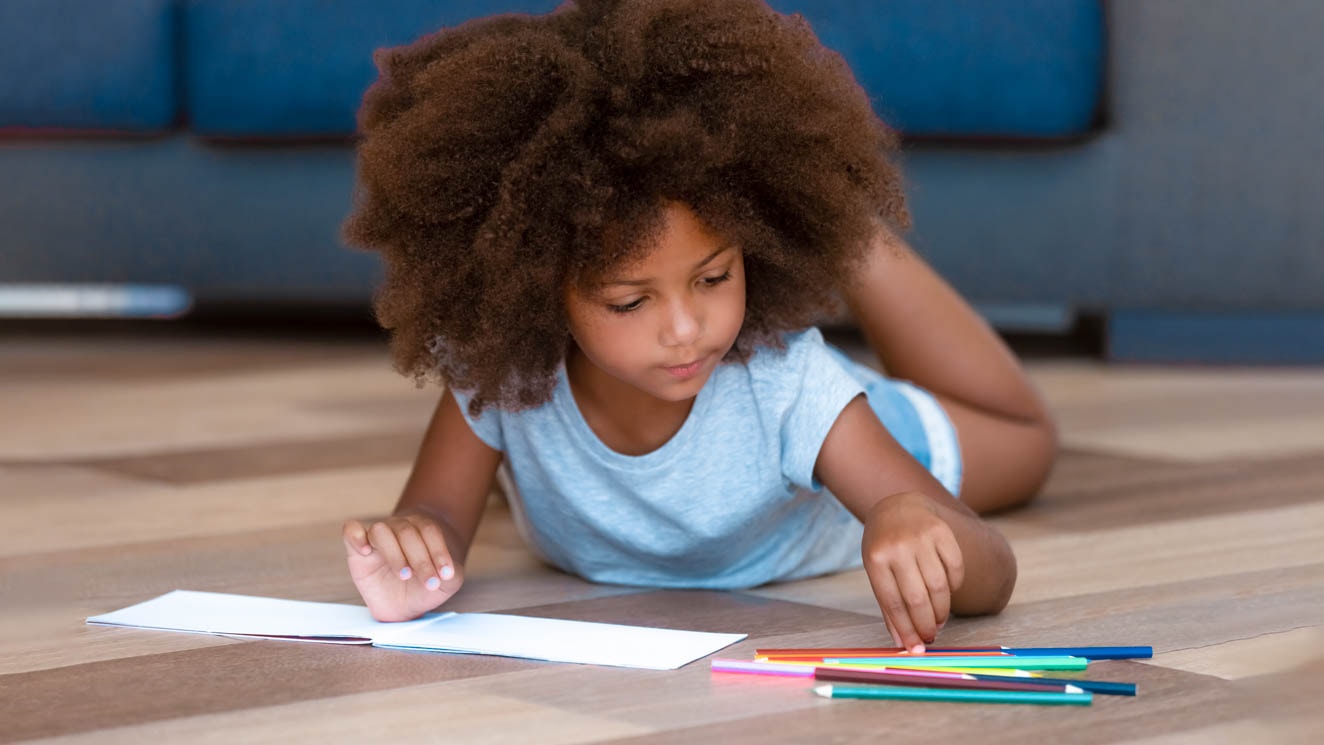

We are standing on the sidewalk, my husband, daughter and I, trying to talk to our friends, who are on their front lawn. I’ve been looking forward to this all day, this meager but exciting social outing. People! Human contact! Friends! Talking to people other than my family members! In 3-D! So many months into quarantine, I feel such desperation, such loneliness, such a visceral need to be with anyone other than the two other members of my family.
But as we stand there, much more than six feet away from one another, it feels awful. They offer us wine and we decline (we shouldn’t drink from their glasses, should we?) and I spend most of the tense 30 minutes monitoring my child’s movements — is she too close to the other kids? Are they getting too close to her? Does she feel left out, since the siblings can touch and play and grab at each other and she can’t? Is she coming over and clinging to me because she is now so unaccustomed to being with others, or because she feels genuinely uneasy?
These are dear friends, people with whom we’ve shared countless meals and playdates. We’ve traveled with them, our kids have shared beds and dessert and crayons. And now the gulf between us feels like a moat we can’t cross.
We should go home, I whisper to my husband. This isn’t fun. I am in a wretched mood for the rest of the night. We shouldn’t do that again, my husband says. It did something to you. Why did I let myself have a taste of normalcy, which turned out to be even further from normal than I’d ever anticipated? Why did I think this sad replica would even begin to fulfill my deep need for connection and community? Why did I think this would stanch my ever-increasing loneliness?
For most of the first month of quarantine, I coped by making myself forget that the outside world existed. If I could lull myself into believing that the three of us lived safely (and healthfully) on a little island called Our Apartment, I was okay. Grateful, even. Pan out beyond the confines of our walls, however, and panic would start to set in. And not just panic — a seismic loneliness for my old life, for the world I knew. A life in which I depended on my girlfriends to calm me down, keep me sane, make me laugh, help me see my life with greater clarity. A life in which I’d show up on one of their stoops in a state of total distress, be handed a mug of tea and a cookie, and leave ready to reenter the world, my head once again screwed on right.
And yet I have also always been a person who counted on swaths of alone time. Abnormally wide swaths. Even before the pandemic, my family knew when to leave me alone. Coming back to my apartment after morning drop-off was always the sweetest relief; I had the space fully to myself. Perhaps I needed this silence and privacy so badly as a complement to the intensity and frequency of my socializing, which is why those hours sitting in my house writing never felt lonely. They felt rejuvenating and vital. I’d found the perfect balance.
And here is the trickiest thing about this quarantine: I have neither social connection nor alone time. I have friends and family members who have been actually alone during this pandemic, and my heart breaks for them. I, on the other hand, cannot enter a room without someone either being in it already, or following me into it (and I don’t have a big family!). I haven’t been alone in ages. And yet I am deeply lonely.
+
Over the last few months I have been trying to figure out how to see people, to get more comfortable with the weirdness of sitting across the lawn from a friend with whom I used to share a couch, a spoon, the taste of a cocktail. To yell at my child, “too close!” and watch her back away from her best friend. I have also managed a few hours to myself, but even when I do — hello, pooping time — I am no longer psychically alone, which is what I crave most. I can always sense my husband and daughter, or worse, hear them, on the other side of the door: coughing, talking, sniffling, cleaning, playing, eating, fighting. The sounds of people going about their ordinary lives. And my irritation at this is at times so extreme, so urgent. Both the togetherness and the alone-ness feel like sad replicas of Life Before.
I wish I could say I’ve found a way to manage, and in some ways I have: long, solo walks in the morning before anyone in my family is awake, lengthy phone calls to faraway friends, nighttime baths with every possible door closed, Bose headphones. But in other ways I can feel that I am simply holding on, simply surviving. I am learning to live without both things I was convinced I needed, just like I’m learning to live without so many other things: my parents, elderly and so far away; my sister, whom I can no longer hug; school or camp for my child; leaders who I trust will make smart, science-based decisions. I am learning that even in our fear and terror and anger, we are resilient and capable. That we will, one breath at a time, and surely inelegantly, find a way through.







